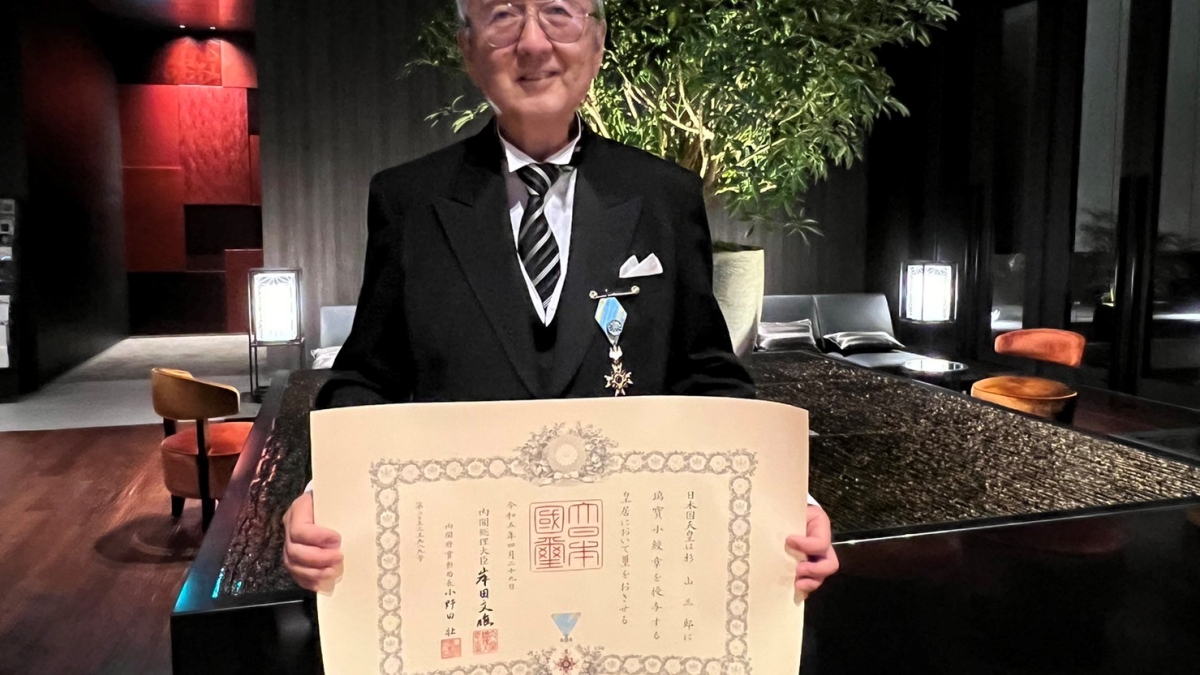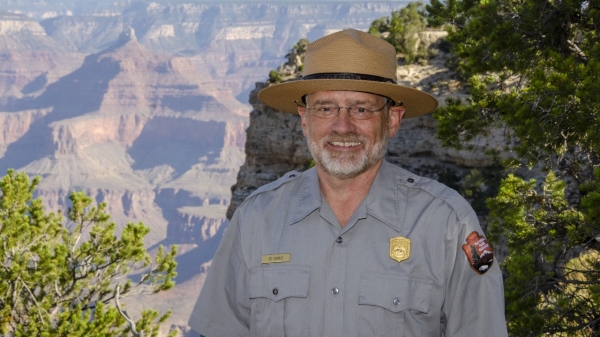ASU archaeologist receives prestigious Japanese honor

On May 15, the Japanese emperor gave the Order of the Sacred Treasure, Gold Rays with Rosette to ASU Research Professor Saburo Sugiyama. The honor was also signed by the Prime Minister of Japan. Photo courtesy Saburo Sugiyama
Arizona State University archaeologist Saburo Sugiyama was recently honored with one of Japan’s most prestigious awards.
The Ministry of Foreign Affairs in Japan honored Sugiyama for his academic work at Teotihuacan — an immense city that flourished in the highlands of central Mexico, near modern Mexico City, from about 100 B.C. to A.D. 650. Sugiyama, a research professor at the School of Human Evolution and Social Change, received the Order of the Sacred Treasure, Gold Rays with Rosette.
“The Ministry of Foreign Affairs gave me this award for the international value of my academic achievements, mainly at Teotihuacan, and cultural, educational activities between Mexico, Japan, the United States and other countries,” Sugiyama said.
Sugiyama has spent his career researching Mesoamerican social histories, particularly those of Teotihuacan. He recently published a paper about a spider monkey skeleton found in a ceremonial grave at Teotihuacan that shed new light on the politics between Teotihuacan and Maya civilizations.
Sugiyama said receiving this honor gave him a clearer vision of the order of his work. He also recognizes the support and collaboration from others in the field of archaeology.
“Teotihuacan is one of the most mysterious ancient cities, symbolically planned to materialize their worldview, astronomy, calendar systems, etc. It's fun exploring profound intelligence, technologies, arts and growing social complex systems with your hands for the first time.”
Sugiyama is also a professor of the Graduate School of International Cultural Studies at Aichi Prefectural University in Japan. He will be curating a special exhibition, “Ancient Mexico: Maya, Aztec, and Teotihuacan,” to be inaugurated at the National Museum of Tokyo next month.
More Arts, humanities and education

Grand Canyon National Park superintendent visits ASU, shares about efforts to welcome Indigenous voices back into the park
There are 11 tribes who have historic connections to the land and resources in the Grand Canyon National Park. Sadly, when the…
ASU film professor part of 'Cyberpunk' exhibit at Academy Museum in LA
Arizona State University filmmaker Alex Rivera sees cyberpunk as a perfect vehicle to represent the Latino experience.Cyberpunk…

Honoring innovative practices, impact in the field of American Indian studies
American Indian Studies at Arizona State University will host a panel event to celebrate the release of “From the Skin,” a…